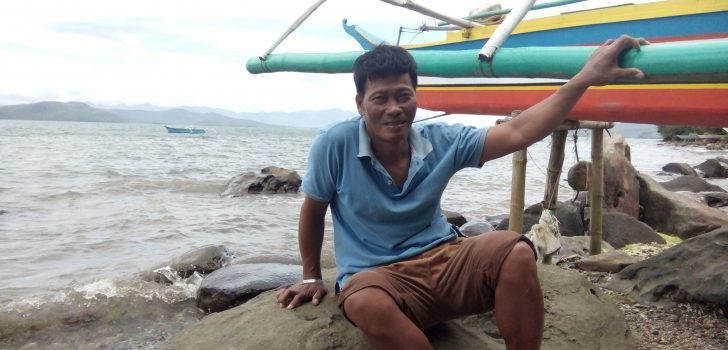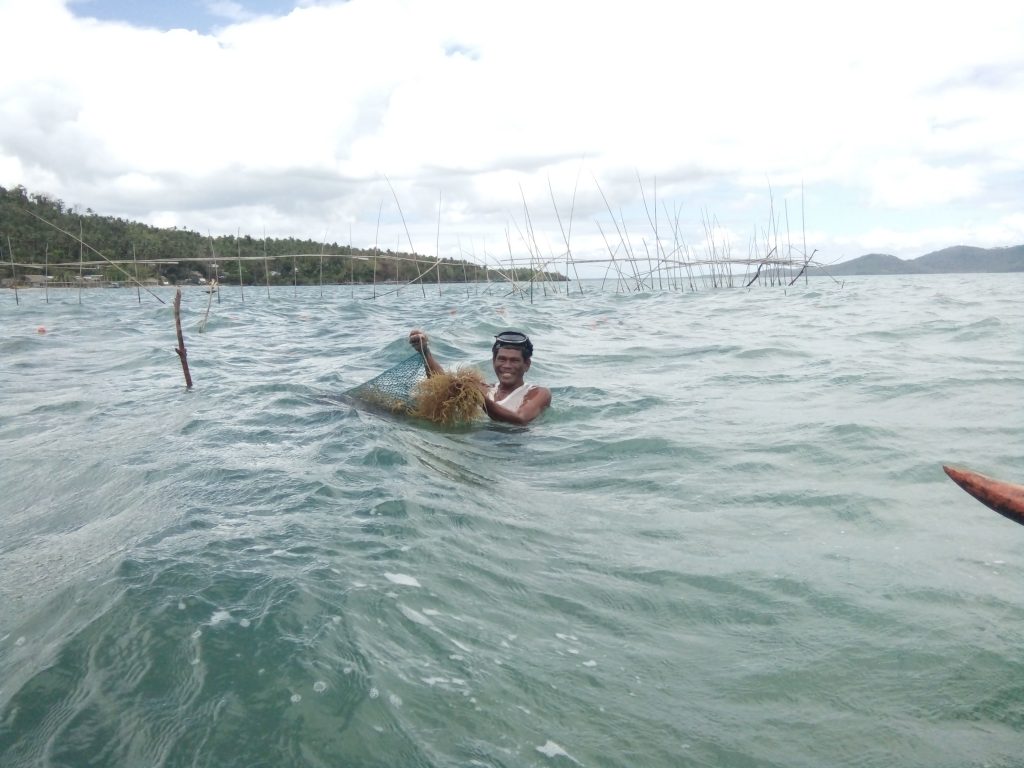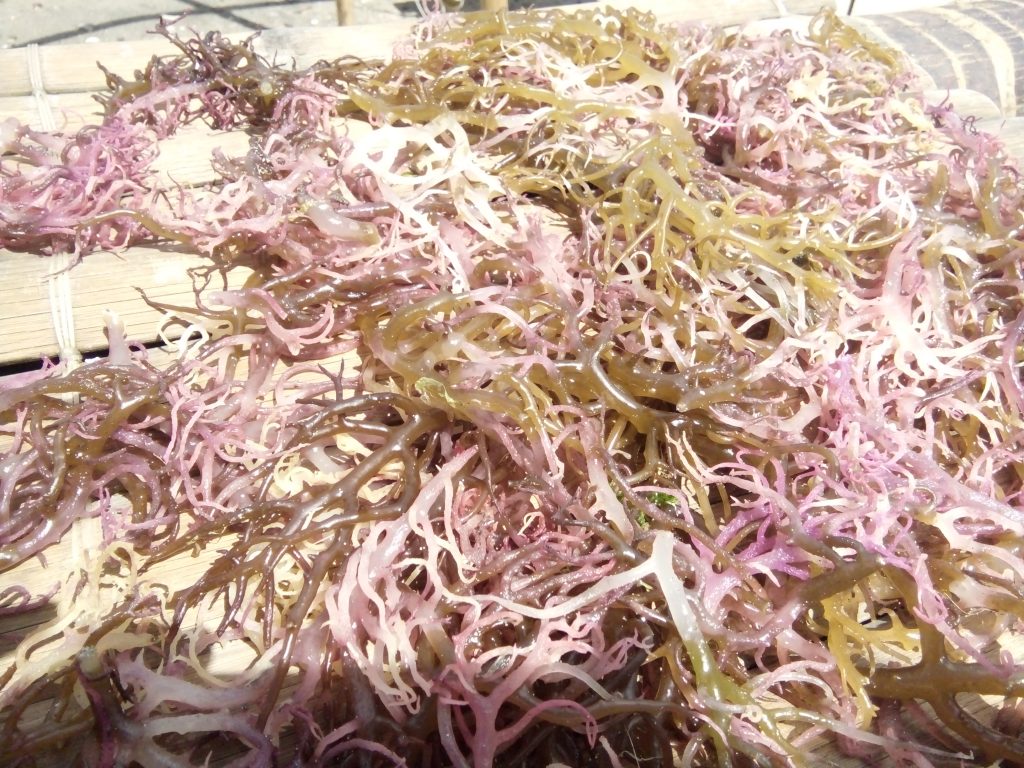 Biga Farmers and Fishermen Association (BFFA) Chairperson Comprencio Ulitan shared their experiences on how seaweeds farming gives them hope to have a better life. (Photo by: Michelle Angela G. Alfigura, DA-PRDP RPCO V InfoACE Unit)
Biga Farmers and Fishermen Association (BFFA) Chairperson Comprencio Ulitan shared their experiences on how seaweeds farming gives them hope to have a better life. (Photo by: Michelle Angela G. Alfigura, DA-PRDP RPCO V InfoACE Unit) Seaweeds to change lives of locals in Biga
“Sa pagtanom ning seaweeds inaasahan kong matatawanan ko ning magayon na harong an pamilya ko asin mapatapos sa pagklase an mga aki ko.” (By planting seaweeds, I hope to give my family a comfortable home and to let my children finish their studies.)
This was the inspiring answer of Comprencio Olitan, Chairperson of Biga Farmers and Fishermen Association (BFFA), when asked if he sees a future in growing seaweeds.
Like any other pillar of the house, Olitan wants what is best for his family. He and the other members of the association dive at least five feet just to grow seaweeds through the deep-sea floating rope method. Olitan neither complains about the harsh heat of the sun nor the strong waves of the sea brought by the northeast wind.
Barangay Biga is one of the four PRDP Global Environment Facility (GEF) sites in the Province of Sorsogon. It covers a marine protected area (MPA) of 57.6-hectare fish sanctuary and marine reserve, designed to sustain the rejuvenation and the rehabilitation of the condition of fish habitats like coral reefs and sea grass beds.

Nestor Llorera, member of the BFFA, shows the newly planted seaweeds at Barangay Biga, Magallanes, Sorsogon. (Photo by: Michelle Angela G. Alfigura, DA-PRDP RPCO V InfoACE Unit)
Currently, the BFFA is composed of 62 active members who are very enthusiastic to participate in the implementation of the subproject. The members plant striatum variety of seaweeds and sell it as fresh seaweeds for P10 per kilo or as raw dried seaweeds (RDS) for P45 per kilo.
Unfortunately, the seaweeds were washed out during the BFFA’s first trial on October 28, 2016 due to the cool northeast monsoon wind. Brgy. Biga Chairperson Elmer Datu encourages the fisher folk to continue planting seaweeds with the provision of 2,000 kilograms of seaweed propagules from the Bureau of Fisheries and Aquatic Resources (BFAR).
“Dapat diri mawaran ning pag-asa ang mga paraisda sa una pa lang na problema. Mag-tanom ulit para makabangon (The fisher folk should not lose hope because of only one challenge. They should grow seaweeds again to recover),” he added.
With the implementation of the PRDP-GEF MPA, the residents believe that it will help them eliminate the incidence of illegal fishing activities in the area, and it will also provide alternative livelihood to the fisher folk and their families.
The GEF-funded projects aim to incorporate natural biodiversity conservation mechanisms and coastal fisheries resources management to the local government units’ commodity investment plan. ### (Michelle Angela G. Alfigura, DA-PRDP RPCO V InfoACE Unit)

